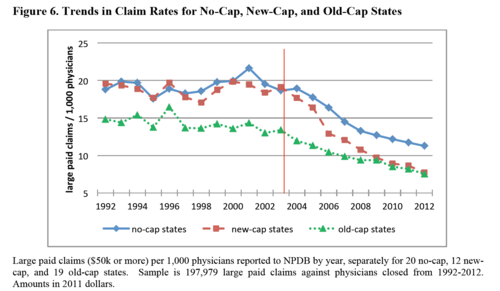Medical Malpractice – Failure to diagnose necrotizing enterocolitis (NEC) in early preterm infants: researchers find new biomarker
Necrotizing enterocolitis (NEC) is a devastating disease that occurs in 1 out of 10 early preterm infants and the rate of death is close to 30%. Survivors are at risk for short-bowel syndrome (caused by surgical removal of the small intestine) and neurodevelopmental disability.
Researchers at the Cincinnati Children’s Hospital Medical Center have found a new biomarker with predictive value for NEC above 80%.
“Early microbial and metabolomic signatures predict later onset of necrotizing enterocolitis in preterm infants”, Ardythe L Morrow, Anne J Lagomarcino, Kurt R Schibler, Diana H Taft, Zhuoteng Yu, Bo Wang, Mekibib Altaye, Michael Wagner, Dirk Gevers, Doyle V Ward, Michael A Kennedy, Curtis Huttenhower and David S Newburg is published in Microbiome Journal.
 New York Personal Injury Attorneys Blog
New York Personal Injury Attorneys Blog


 Our Partner,
Our Partner, 

 Tomorrow, March 27th, our partner
Tomorrow, March 27th, our partner 